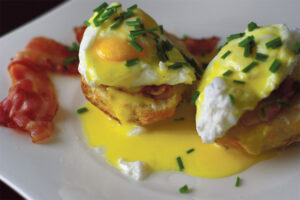Food For Thought
 BALISE42/ CC BY 2.0
BALISE42/ CC BY 2.0
Latest Article|September 3, 2020|Free
::Making Grown Men Cry Since 1992

 BALISE42/ CC BY 2.0
BALISE42/ CC BY 2.0

Saucy!
JO-H / CC BY 2.0

BALISE42/ CC BY 2.0
